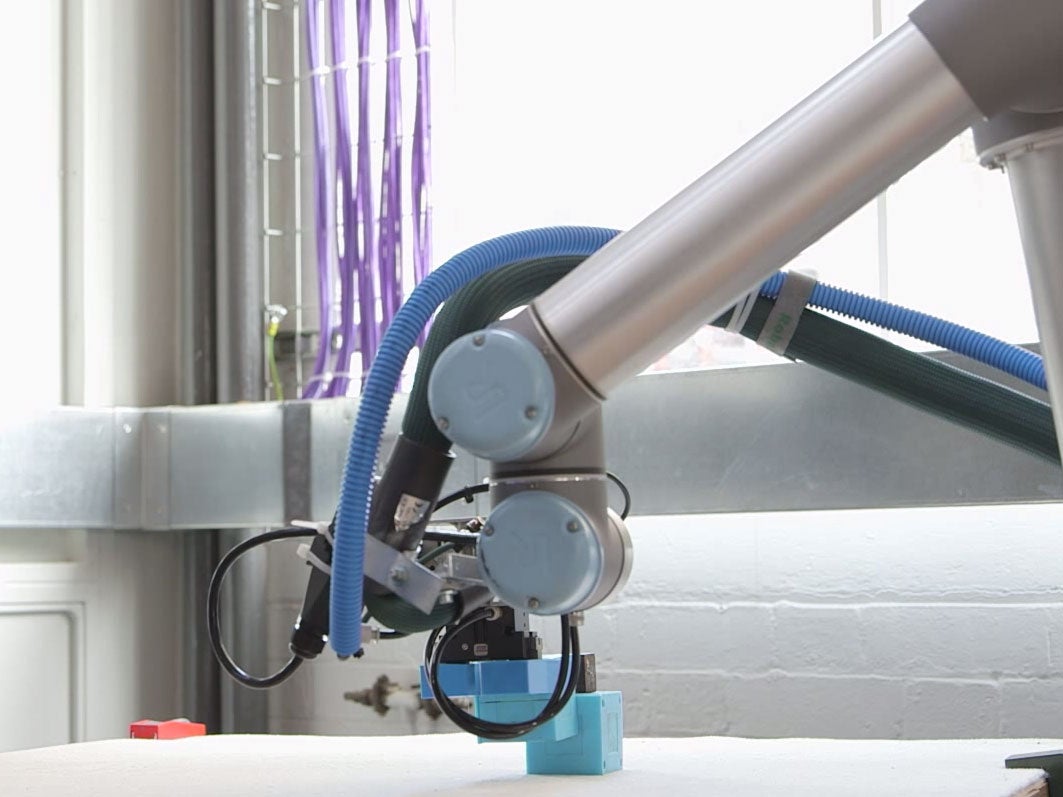Robot 'mother' builds babies that can evolve on their own
Robotics could answer the mystery of how we came about, researchers say, and might make way for robots that can improve themselves without our input

Scientists have created a ‘mother’ robot that can build babies out of mechanised blocks, and then create new ones that evolve from the previous generation.
The findings show that robots could be able to evolve on their own, in the same way that animals and humans have. Like biological evolution, the robots mother could look out for the best traits in her children, and then use those to improve the following generations of robots.
In five different experiments, robot set the mother — which looks like a big robotic arm — to work building generations of ten different children. They were built out of small plastic cubes with motors inside.
The experiments found that those baby robots passed down all of their best traits. The last generation of children could perform tasks twice as quickly as the first, according to the results posted in the journal PLOS One.
Each of the robots carries a “genome”, made up of different genes, like humans do. As the generations were built, they passed them down and they mutated and cross over, deleting and merging genes to choose the most effective.
“Natural selection is basically reproduction, assessment, reproduction, assessment and so on,” said lead researcher Fumiya Iida of Cambridge’s Department of Engineering in a statement. “That’s essentially what this robot is doing – we can actually watch the improvement and diversification of the species.”
During the experiment, the children were tested to see how far they could travel in a given time. The characteristics of the winning robots would be kept, while the losing ones would be discarded.
The process of robot evolution could give us some insight into how humans came about too, according to the researchers.
“One of the big questions in biology is how intelligence came about – we’re using robotics to explore this mystery,” said Iida in a statement. “We think of robots as performing repetitive tasks, and they’re typically designed for mass production instead of mass customisation, but we want to see robots that are capable of innovation and creativity.”
And it might also eventually help us create robots that can improve themselves without any input from humans at all. At the moment, robots require us to fix them — they wouldn’t themselves begin to stand up on their hind legs, for instance — but eventually that might change.
“It’s still a long way to go before we’ll have robots that look, act and think like us,” said Iida. “But what we do have are a lot of enabling technologies that will help us import some aspects of biology to the engineering world.”
Join our commenting forum
Join thought-provoking conversations, follow other Independent readers and see their replies
0Comments